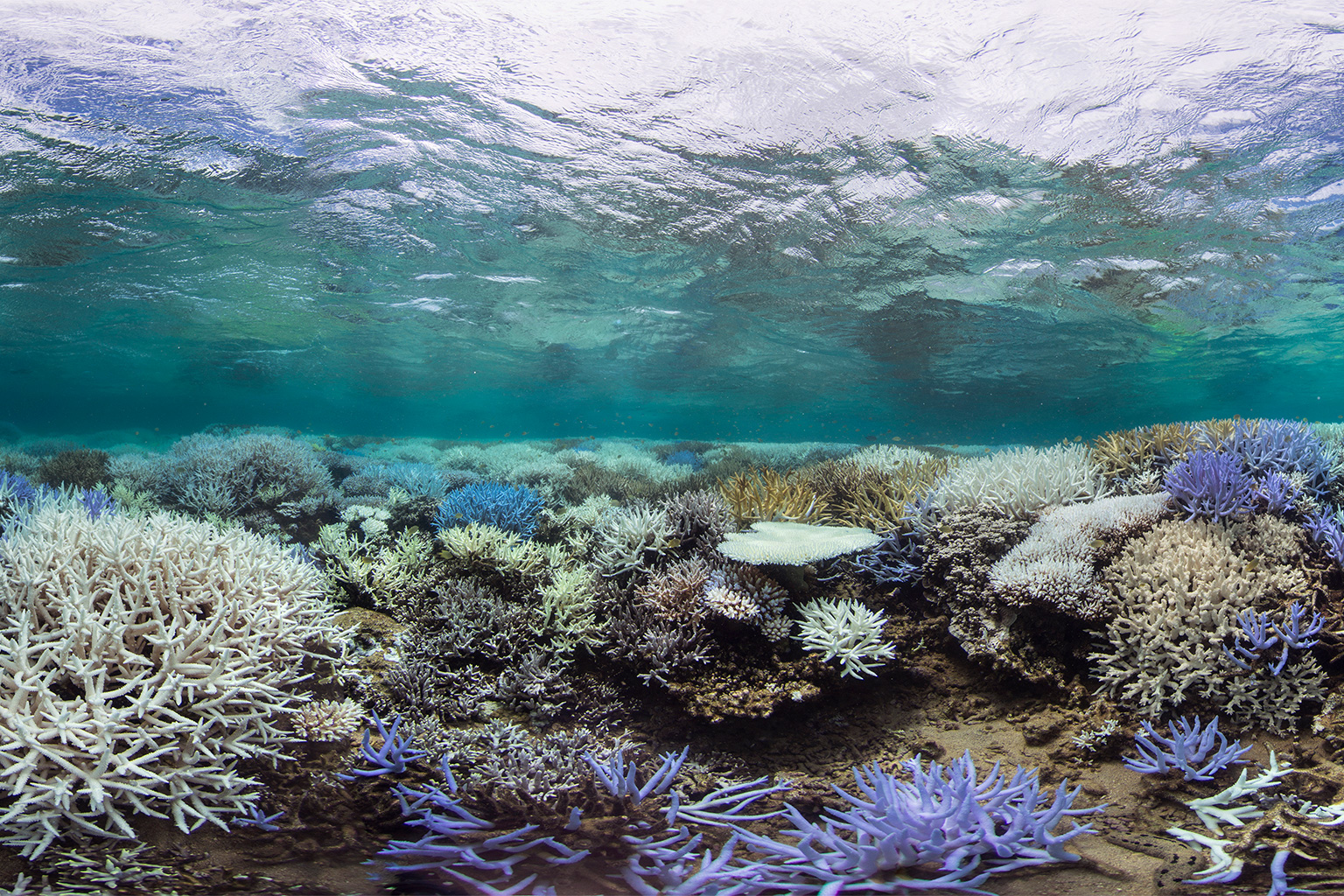
Scientists remember the years between 2014 and 2017 as a particularly bad time for coral reefs. Elevated temperatures fueled by an El Niño climate pattern harmed about three-quarters of the world’s reefs in both hemispheres, forcing corals to release their life-sustaining zooxanthellae and turning them ghostly white in a process known as coral bleaching. About 30% of the world’s corals died as a result of this bleaching. Others have yet to fully recover.
And now, at a time when global temperatures are higher than ever since the industrial era began due to human-driven climate change, forecasters predict another El Niño will kick off later this year. If they are correct, this El Niño could further escalate global temperatures, causing significant damage to both terrestrial and marine ecosystems, including the world’s coral reefs, most of which are already struggling to cope with environmental stressors such as pollution, overfishing and warming water.
So, what’s the likelihood of this happening?
For the past two and a half years, the world has been experiencing the opposite of an El Niño: a La Niña climate pattern, a condition that generally brings cooler sea and atmospheric temperatures.
But according to the U.S. National Oceanic and Atmospheric Administration (NOAA), the climate is expected to transition to a neutral state by May 2023, and then possibly move into an El Niño phase, a period characterized by warmer sea conditions. The shift between La Niña and El Niño is part of a naturally occurring process known as the El Niño Southern Oscillation (ENSO), but this pattern is unfurling in a world destabilized by climate change […]
Read more on Mongabay.